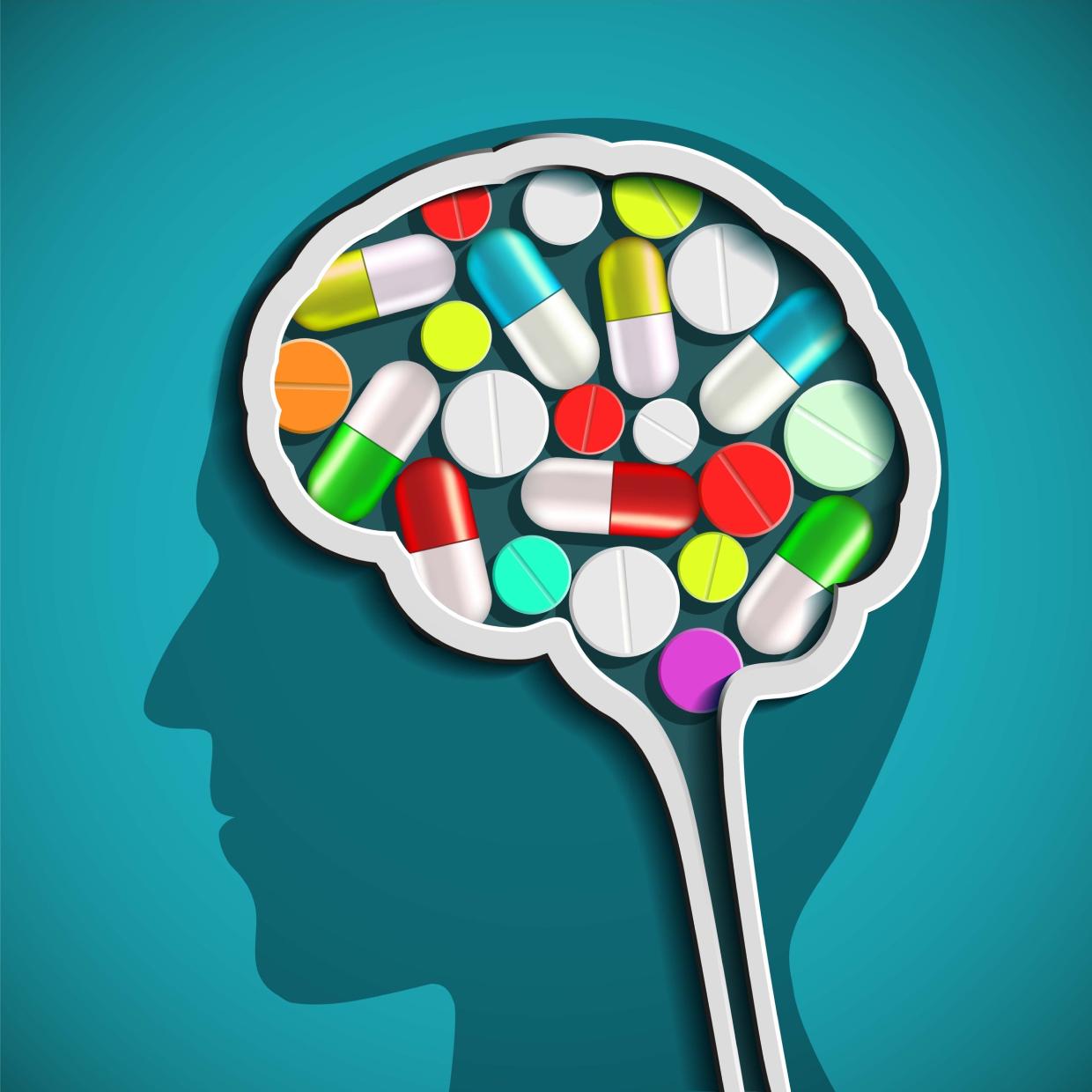Exposing Über-Dosing - Part 1
By Jacobus Hollewijn

July 26, 2022
Supplements
Pills' Progressive Problems
This article was originally published in SW Montana’s Bi-monthly newspaper called Natural Life News and Directory in the 2013 September/October edition.
It has been edited on February 9, 2022.
“Approximately 300,000 Americans die each year from the proper use of over-the-counter and prescription drugs. This exceeds deaths due to crack, handguns, and traffic accidents combined. Add to that figure the number of adults and child deaths attributable to over-the-counter and prescription drugs given outside of hospitals, and the figures are even worse. By contrast, most years nobody dies from the use of herbs”. Chris Kilham, a.k.a. The Medicine Hunter(1)
INTRODUCTION
In our western world the average person will take about 14,000 prescription drugs in a lifetime. This does not include over-the-counter medication.
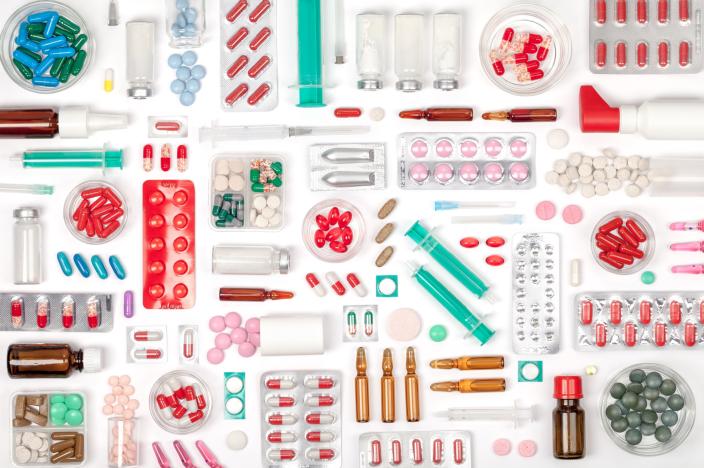
Most of us don’t think twice about taking a round of antibiotics, the birth control pill, vaccinations, digestive antacids, ADD/ADHD medications, different anti-inflammatory applications for chronic pain, as well as hormone therapy for menopause, antidepressants, something for blood pressure, a statin-type drug, or maybe regulators for diabetes. These seem so common and matter-of-fact in this day and age that most people probably feel real prescription drugs must be what they give to people with cancer, heart diseases, bi-polar disorder, spinal fusions and neurological disorders such as Multiple Sclerosis, Alzheimer’s, Parkinson’s, etc.
If you take this amount of pills and multiply it by the amount of people in the western world, the numbers are staggering. One has to wonder: Is our body lacking these pills? Can it not function without these medications? Are we lacking nutrition?
Simply put, prescription drugs are synthetic substances that can create an action in our body or mind, but do not supply essential nutrients. What happens long-term to us when we take the synthetics and not the nutrients? What affect may regular use of synthetics have on a fetus during pregnancy? Can we still overcome the damage we have done to our water supply and environment just for creating a dependence on prescription drugs?
“PILL-POPPERS”
A recent BBC documentary called Pill-Poppers(2) highlights people’s daily dependence on prescription medication, as it states, “Pills define who we are and what we are.” But, how much do we know about the pills we take? And can we trust them?
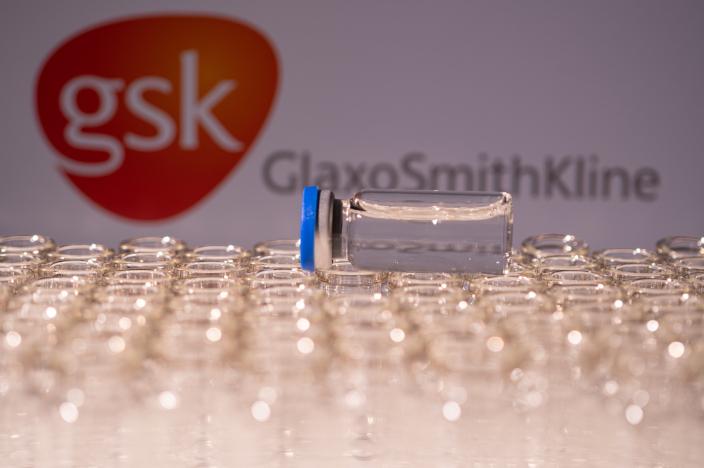
Literally hundreds of millions of combinations are tried, before a handful are selected and tested on animals and people. Again, reactions are observed and recorded. Combined with packaging and FDA approval it often takes fifteen years and one billion dollars to get a drug licensed.
However, if drugs are not designed but discovered, it comes as no surprise that we only find out what they do to us when we take them. This documentary shows how some drugs are marketed now for different benefits than they were originally researched for. Examples are Ritalin® and Viagra®. Ritalin was discovered fifty years ago to help adults with depression. By accident it showed that it could help children with ADHD, which opened a whole new market. And at universities, now even young adults who don’t have ADHD are using Ritalin as a ‘study drug’ to need less sleep. Part of this is not surprising, since Ritalin is labeled a highly-addictive Class-2-type drug, putting it in the same group with cocaine and methamphetamines.
Pfizer’s erectile dysfunction drug Viagra was originally developed to treat the heart condition angina. But testing the drug on humans, most males developed spontaneous erections. Today, every second of every day, somewhere around the world six Viagra tablets are dispensed!
An interesting aspect of this documentary is how the prescription drug companies, in order to stay competitive in the market, as well as to increase sales, have been working hard to create a need for medications. They invent non-existing diseases and exaggerate minor ones, with the end result making you rush to your doctor to request their drug solutions.
Many people are made to believe drugs are the only option. Viagra is one example. The drug Paxil®was promoted to help overcome the “new disease” Social Anxiety Disorder, previously known as shyness. Statin drugs, used to lower cholesterol, should be taken by anyone over fifty who has a ‘risk’ of heart disease. And, on August 14, 2013, reports came out that most men over forty should start taking the prostate-cancer drug Proscar®, to possibly “prevent” prostate cancer.
PR firms have been hired to create the need, with great success: Viagra ($2B/yr), Paxil ($1B,yr) and the different cholesterol-lowering drugs ($30B/yr), and now Proscar are only the tip of the iceberg.
Each of us will turn to antibiotics an average of sixty times during our lifetime. Every other drug is made for you, the person; however, antibiotics are made to kill a ‘bug’. Antibiotics have become more specific, but our bodies are getting more resistant. So, the better the antibiotics, the less they do for us(?)
Pill-Poppers continues that we don’t have to become dependent on the drug companies; and that most chronic diseases are largely preventable, even curable, with simple lifestyle changes.
Even a GSK spokesperson says: What Risk Are You Prepared to Take for What Benefit?
HERBAL HISTORY
Interestingly, about 25% of all prescription drugs use plants or herbs as a source from which specific compounds are synthesized and become the basis of a new medicine. Somehow that 25% generates over 75% of all the drug companies’ income.
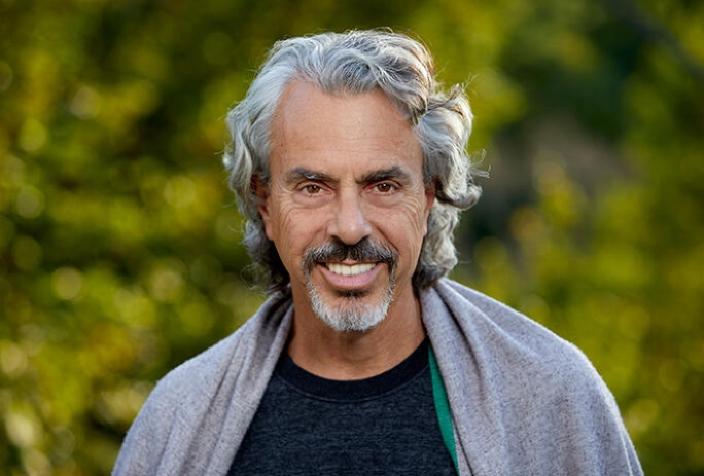
And, we have done it for a very, very long time!
Kilham’s research states that in 1960, at Shanidar Cave, Iraq, a 60,000-year-old Neanderthal man was uncovered. He had been buried with eight species of plants, seven of which are still used for medicinal purposes today.
Then, in 1991, an ice mummy preserved by freezing was discovered in Austria’s Otzal Alps. Tissue samples revealed that the man, known today as the Ice Man, died approximately 5,200 years ago. He carried a “medicine pouch” containing a lump of birch fungus used as a laxative an as a natural antibiotic.
China has built a rich herbal tradition over more than 5,000 years. The historic emperors ordered that any herb that showed healing properties should safely prove its effects for one hundred (100!) years before it would be accepted in the Chinese Pharmacopeia for its curing benefits. Compare that with a pharmaceutical drug, which takes no more than fifteen years and has to disclose all its potential side effects on the packaging.
Ayurveda, or “Science of Life” is the 5,000-year old traditional system of health care from India. It uses herbs, spices, and other practices to create a more balanced lifestyle, while strengthening the body’s natural healing abilities. This is based on your specific body type (i.e. Vata, Pitta, or Kapha).
OPPORTUNE OPIATES?

Here are the major steps in its evolution
- Paracelsus, a 16th Century Swiss-German alchemist discovered that the alkaloids in opium were far more soluble in alcohol than in water, and that the pain-relieving properties were better. It was also used for sleep. He called his preparation laudanum(4), (Latin for ‘Praise’). English physician Thomas Sydenham (1624-1689) concocted his own laudanum became a patent medicine. This led to the discovery of morphine, codeine and heroine.
- Morphine(5), the main active ingredient in opium was discovered in 1804 by German chemist Friedrich Sertürner (1781-1841). This is generally believed to be the first ever isolation of a natural plant alkaloid in history. Its properties are used to relieve severe pain, and it became more sought after than opium. It was first distributed by Sertürner in 1817, and first commercially sold in 1827, by a single small chemists’ shop called Merck.
- Codeine(6), the second most abundant alkaloid derived from opium, or directly from morphine, was discovered a few years later by French chemist Pierre-Jean Robiquet (1780-1840). It is widely used throughout medical treatment for mild to moderate pain as well as for coughs, and sometimes to suppress premature labor.
- The hypodermic syringe was invented in 1853, after which Alexander Wood (1817-1884) of Scotland developed a method of injecting morphine to relieve neuralgia (nerve pain). Doctors even taught their patients how to inject themselves; this greatly increased the amounts of the drug that users were taking as compared with laudanum. Slowly but surely dependency turned to addiction. Ironically, the search for a morphine substitute that would kill pain, but be non-addictive, resulted in the discovery of heroin.
- Heroin(7) was discovered in 1874 by English chemistry and physics researcher C.R. Alder Wright (1844-1894) by him adding two acetyl groups to the morphine molecule. In 1898 distributed by the Bayer Company in Germany, its addictive properties were ‘overlooked’. It was promoted as a remedy for morphine addiction. Medically known as diacetylmorphine, or diamorphine, it is still used for acute pain, such as in severe physical trauma, myocardial infarction, post-surgical pain, and chronic pain, including end-stage cancer, and palliative care (in the UK).
As far as “patenting” these medicines was concerned, patent law protected the secret ingredients. Meanwhile, because there was no FDA in those days, the act of “prescribing” drugs was essentially up to the consumer(8) (what a novel idea!). Anyone could order a morphine injection kit, complete with syringe and supply of medicine, from a Sears catalog!
Throughout the 1800’s the opium trade became an enormous industry, and worldwide dependency grew. It has been reported that during the American Civil War ten million opium pills were handed out to army surgeons, and morphine became the painkiller of choice.
Laudanum was prescribed by doctors all over, and may very well have been the start of addiction to medical drugs in this country.
Interestingly, the usual laudanum addict was a Caucasian woman. Because women were not allowed to drink in public, a quick visit to the doctor to help with problems related to pregnancy, childbirth, menstrual cramps and emotional problems did wonders(9).
PERSONAL PERSPECTIVE
Our human race has always learned to adapt, and look for solutions to overcome problems. Because of harsh living conditions, dealing with animals and predators, and fighting wars for pride, protection and survival, there was the constant battle to overcome pain. This pain was physical at first, but was later also recognized as mental/emotional.
Plant sources were discovered to work as healing miracles, antidotes, and calming agents.
Evolutionary changes, population growth, cultural and economic developments, as well as man’s unlimited and unequaled creativity have led to an explosion of inventions and to many improvements in living conditions.
The world of medicine and healing has gone through changes as well. Where adapting to nature and working with the land was part of every family’s daily routine since the beginning of human evolution until a few hundred years ago, the development of cities and infrastructures has shifted our attention from simply surviving to the more opportunistic thriving.
This brought out people’s individual and special talents. The field of medicine became a specialty as well. We lost both our knowledge of plants, as well as our interest or care about natural healing, because it was no longer on our radar. Those trained in the healing arts were highly regarded for helping others who had battle wounds, and anyone else suffering from pain, including women. Pain management was a doctor’s first job, but over time the need for more specific treatments was developed. And today we see that medicine has taken on a life of its own. It has become an industry so confusing that it is out of control. Corporatism and special interests have taken over patient’s best interest.
The prescription drugs industry is in the business to stay in business at all cost, and… at all levels of the population. In their aggressiveness they have found compadres in the insurance industry and in the federal government (the FDA), while gradually taking control over the media outlets and medical schools’ education curriculum. People who are in charge move between the different levels of industries, creating a network that is very difficult to break into. Laws are written, broken and changed with the stroke of a pen, while a corporate stronghold riddled with patent laws is placed upon law-abiding citizens.
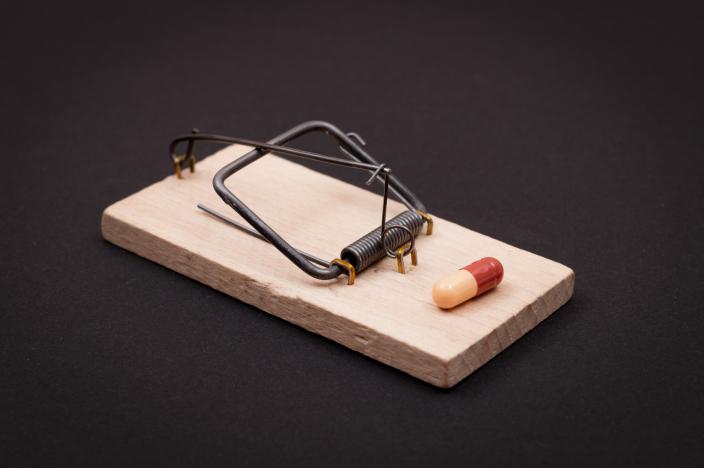
What is next? A pill for euthanasia?
FOOTNOTES
The purpose of this website is to inform, educate, and entertain, not to diagnose, treat, or cure. Jacobus is not a licensed physician. If you intend to utilize any of the information contained in the articles and/or podcasts, I recommend you see a licensed, competent medical provider of your choice, or find additional information from other reputable sources. I cannot control the opinions of my guests. I will double-check my facts in good faith, but may not be able to fully verify every statement made by any third party.
If you utilize any information from this Website, you do so at your own risk.

